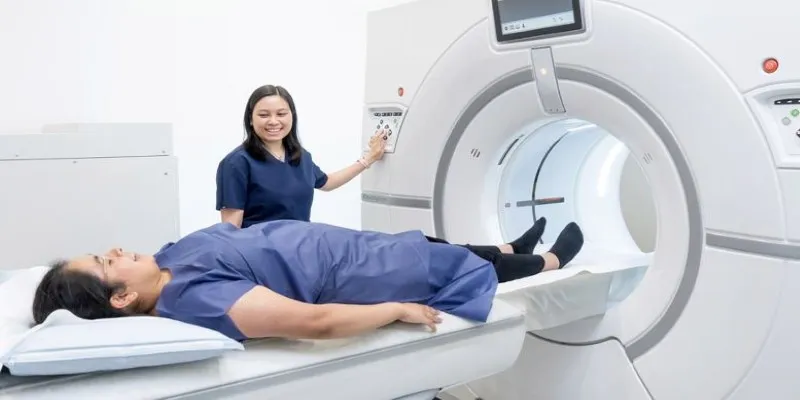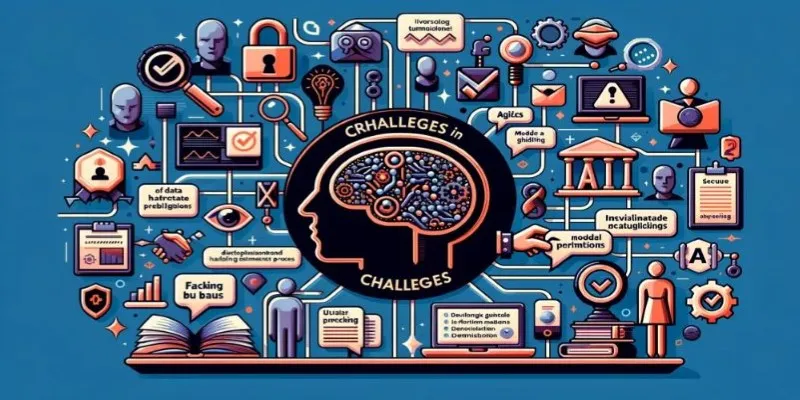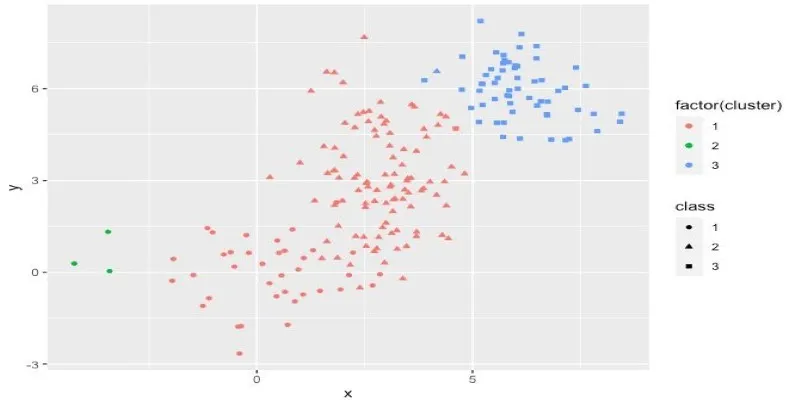Every time you unlock your phone with facial recognition, apply a filter, or scan a document, image processing is at work. This technology enhances, analyzes, and interprets digital images, making them more useful in daily life. Beyond improving photos, it extracts valuable data, automates tasks, and supports critical decisions in healthcare, finance, and security.
Image processing has evolved dramatically from basic brightness correction to AI-based pattern recognition. It identifies abnormalities in radiological scans, fortifies financial security, and improves digital life. With advancements in artificial intelligence, image processing remains a vital asset across sectors, driving the direction of technology in the future.
How Image Processing Works
Image processing starts with an image—taken from a camera, satellite, or any digital source. This raw image is made up of pixels, and each pixel stores color and intensity values. Processing aims to move these pixels in a manner that enhances the image or derives beneficial information.
Analog and digital are the two dominant types of image processing. Analog image processing changes images in material form, such as retouching photographs in a darkroom. On the other hand, digital image processing employs computers to analyze and perfect images using mathematical computations. As most pictures nowadays are in digital format, digital image processing is prevalent.
The process usually follows three main stages:
Preprocessing – This involves pre-analyzing the image by fixing distortions, eliminating noise, or modifying brightness and contrast.
Processing and Analysis – Methods such as edge detection, object recognition, or segmentation are applied to derive meaningful patterns.
Output and Interpretation – The last analyzed image or derived data is employed in decision-making processes, including medical diagnosis, automated inspection, or biometric authentication.
Applications of Image Processing
Image processing’s impact extends beyond photography. It is integral to industries reliant on visual information for precision and productivity. From healthcare and finance to security and entertainment, this technology is changing the way we deal with digital images.
Healthcare: Improving Medical Diagnostics

Digital image processing assists physicians in examining medical scans such as MRIs, CT scans, and X-rays. It pinpoints anomalies, detects the earliest symptoms of disease, and even aids in robotic surgeries. AI-driven algorithms have greatly enhanced cancer detection by identifying suspicious patterns that may go unnoticed by the human eye.
Finance: Enhancing Security and Fraud Detection
Image processing strengthens security and fraud detection in the financial sector. Banks use facial recognition to verify identities, while automated systems scan checks and documents for authenticity. Stock market analytics also rely on image processing for pattern recognition in financial charts, helping traders make informed decisions.
Security and Surveillance: Monitoring and Threat Detection
Image processing plays a critical role in real-time security monitoring. Law enforcement agencies use facial recognition to identify suspects, while surveillance systems analyze video feeds to detect suspicious activity. Traffic monitoring systems also utilize image analysis to track vehicles, detect violations, and improve road safety.
Manufacturing: Quality Control and Automation
In manufacturing, digital image processing is used for automated quality control. Systems inspect products for defects, ensuring only high-quality goods reach consumers. This is particularly crucial in industries like electronics and pharmaceuticals, where even minor defects can lead to significant consequences.
Entertainment and Social Media: Enhancing Digital Experiences
Image processing powers visual effects in entertainment and social media. Streaming services use it to optimize video quality, while platforms like Instagram and Snapchat apply real-time facial filters. From movie special effects to interactive AR applications, image processing enhances digital experiences in creative ways.
Challenges in Image Processing
Despite its advantages, image processing presents challenges that researchers and developers are constantly working to solve.

One major challenge is image noise and distortion. Low-quality images captured in poor lighting or with low-resolution cameras can make processing difficult. Advanced denoising algorithms are being developed to restore lost details, but imperfections remain a challenge.
Another issue is computational complexity. High-resolution images require significant processing power, and real-time applications like self-driving cars need instant analysis. Optimizing processing speed while maintaining accuracy is a balancing act that engineers continue to refine.
Bias in AI-driven image processing is another growing concern. Facial recognition technology, for example, has been criticized for inaccuracies in detecting people from different ethnic backgrounds. Ensuring fairness and reducing bias in these algorithms is crucial for widespread adoption.
The Future of Image Processing
The future of image processing is deeply intertwined with artificial intelligence and machine learning. AI-driven image processing systems are becoming more sophisticated, enabling self-learning algorithms to enhance images with unprecedented accuracy.
One of the most groundbreaking advancements in computer vision is that machines interpret and understand images just like humans. This has led to innovations in self-driving cars, where image processing helps vehicles identify road signs, pedestrians, and obstacles.
In medicine, AI-powered image processing is expected to revolutionize diagnostics. With deep learning algorithms continuously improving, machines could soon outperform human doctors in detecting certain diseases.
Advanced image processing also benefits augmented reality (AR) and virtual reality (VR). These technologies rely on real-time image analysis to create immersive digital experiences, whether for gaming, training, or virtual meetings.
Even in finance, image processing will become more refined, reducing identity theft risks and improving fraud detection through smarter biometric systems.
Conclusion
Image processing has become an essential part of modern technology, shaping industries from healthcare to finance and entertainment. It enhances images, extracts critical information, and powers intelligent automation. As artificial intelligence advances, image processing will continue evolving, making machines better at interpreting visual data. Despite challenges like computational demands and biases, ongoing innovations are refining accuracy and efficiency. Whether in medical diagnostics, security, or digital media, its impact is undeniable. As we move forward, image processing will play an even greater role in transforming how we interact with the digital world, unlocking new possibilities across multiple fields.
 zfn9
zfn9


















